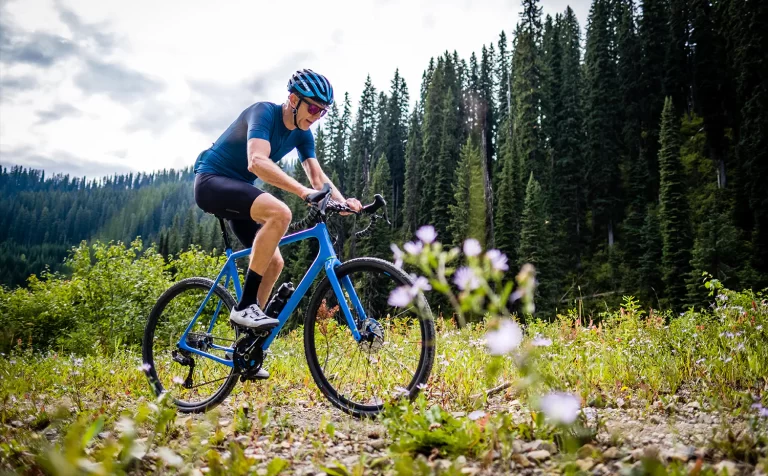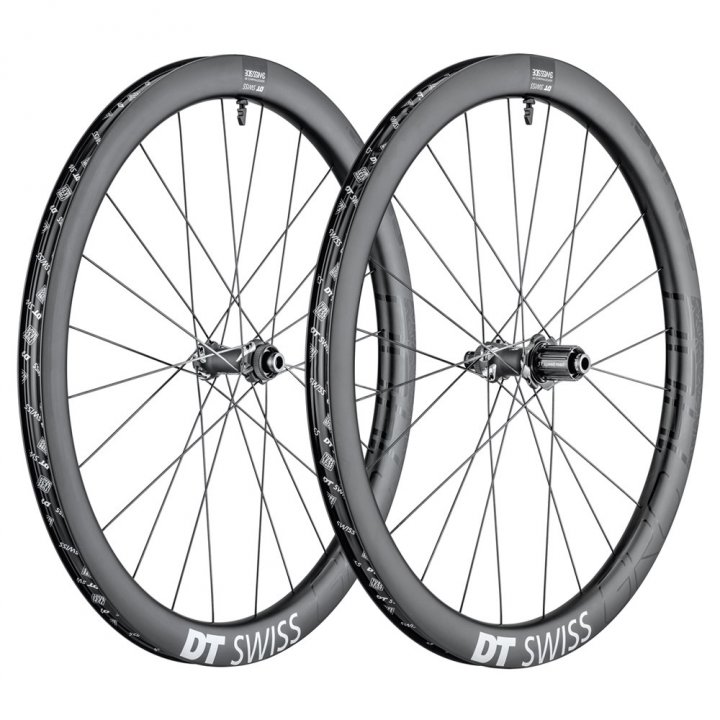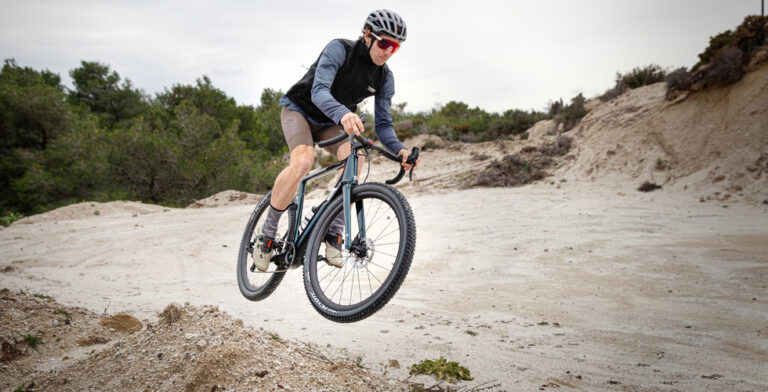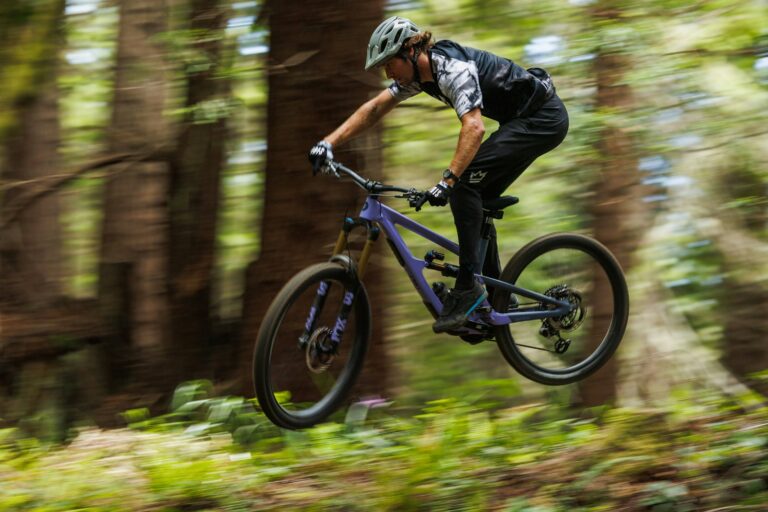Gravel Gears Decoded: The Importance of Drivetrain Choices for Gravel Bikes
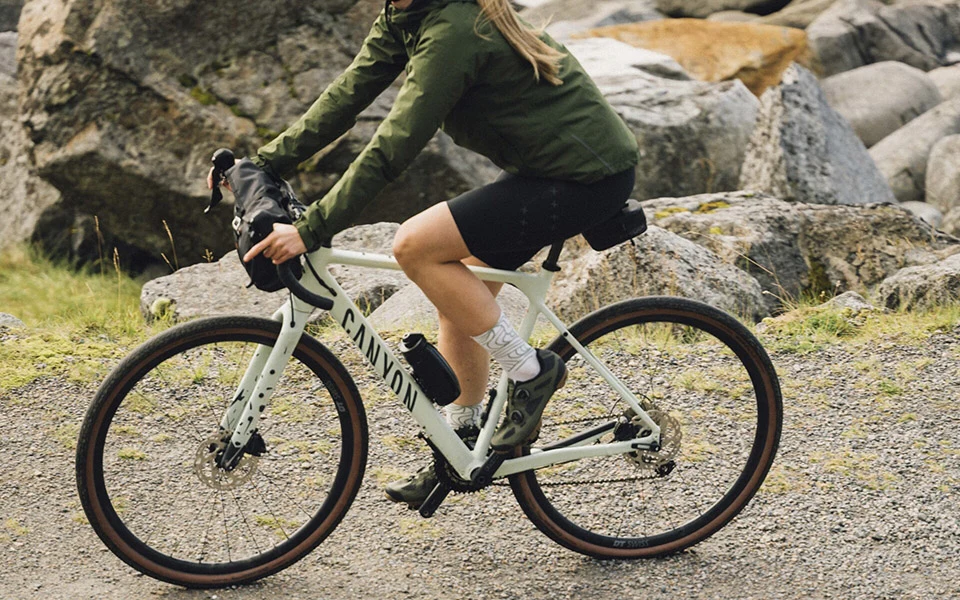
Key Point Summary of The Importance of Drivetrain Choices for Gravel Bikes:
- Drivetrain Varieties: Understanding the landscape of drivetrain options for gravel bikes, including the popular 1x and 2x systems.
- Gear Options: The significance of having a broad range of gears to tackle the diverse terrain encountered in gravel riding.
- 1x vs. 2x Systems: Exploring the benefits and drawbacks of each system to help you make an informed decision based on your riding style and needs.
Gravel biking, with its inherent call for adaptability, demands a drivetrain that can comfortably handle a wide spectrum of conditions. Embarking on gravel riding opens up a world where the versatility of your bike is tested across various terrains—from winding country roads to challenging off-road trails. One of the critical decisions that significantly impact the performance and enjoyment of your gravel adventures is the choice of drivetrain.
Having navigated countless miles on gravel, mountain, and cyclocross bikes, I’ve experienced firsthand how different drivetrain setups can influence the ride. This guide aims to delve into the importance of drivetrain choices for gravel bikes, highlighting key considerations for cyclists at the beginner to mid-level, with a sprinkle of anecdotes to bring the points home.

The Drivetrain Debate: 1x vs. 2x
The choice between a 1x (one chainring at the front) and a 2x (two chainrings at the front) drivetrain system is a pivotal one in the gravel riding community. Each system offers distinct advantages and suits different rider preferences and terrain challenges.
1x Drivetrain: Simplicity and Efficiency
The 1x drivetrain, with a single front chainring, has gained popularity for its simplicity, ease of use, and lower maintenance. Eliminating the front derailleur reduces weight and potential mechanical issues, making it a robust choice for the rigors of gravel riding. The 1x system also offers a streamlined setup that can handle mud, sand, and debris more effectively, reducing the likelihood of mechanicals in adverse conditions.
However, one trade-off of the 1x system is the potential for larger gaps between gears, which can be noticeable on long climbs or when trying to fine-tune your cadence on flat stretches. Yet, for many, the benefits of simplicity and reliability outweigh this drawback.
2x Drivetrain: Range and Versatility
In contrast, the 2x drivetrain system, with two chainrings at the front, offers a wider range of gears. This setup allows for finer gear selection, helping riders maintain an optimal cadence across varying terrain. The 2x system shines on routes that include steep climbs and fast descents, providing gears low enough for tough ascents and high enough for speedy flats and downhills.
The downside to the 2x system can be its complexity and the need for more frequent maintenance, as well as a slight weight penalty from the additional components. Yet, for riders tackling diverse terrains or those who prefer closer gear ratios for a smoother pedaling experience, the 2x system remains a compelling choice.
Making the Choice
Deciding between a 1x and 2x drivetrain for a gravel bike often comes down to personal preference, riding style, and the typical terrain you plan to tackle. Considerations such as the desire for simplicity versus the need for a wide range of gears, as well as the types of rides you enjoy most, should guide your decision.
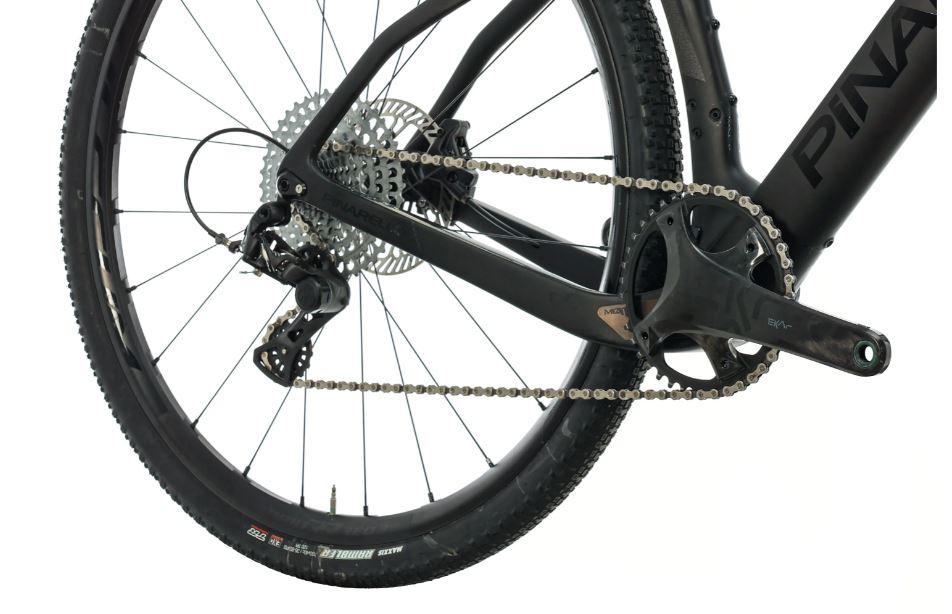
The Importance of Drivetrain Choices for Gravel Bikes: In Conclusion
The drivetrain is the heart of a gravel bike’s performance, significantly influencing your ability to explore and enjoy the vast terrains that gravel riding encompasses. Whether drawn to the simplicity and ruggedness of a 1x system or the versatility and range of a 2x setup, the choice should align with your riding ambitions and the types of terrain you aim to conquer.
As with all aspects of cycling, personal preference plays a crucial role—what works best for one rider may not suit another. The journey of finding the perfect drivetrain is just one chapter in the broader adventure of gravel riding, inviting experimentation and adaptation as you dial in your ideal setup.
Gravel Bike with 1x Drivetrain:
Canyon Grail 1x – The Canyon Grail series is well-regarded for its innovative design and gravel-optimized performance. A model within this series equipped with a 1x drivetrain offers simplicity, reduced weight, and sufficient gear range for tackling a variety of gravel terrains. The Grail’s 1x setup is ideal for riders looking for a streamlined, hassle-free riding experience without the complexity of a front derailleur.
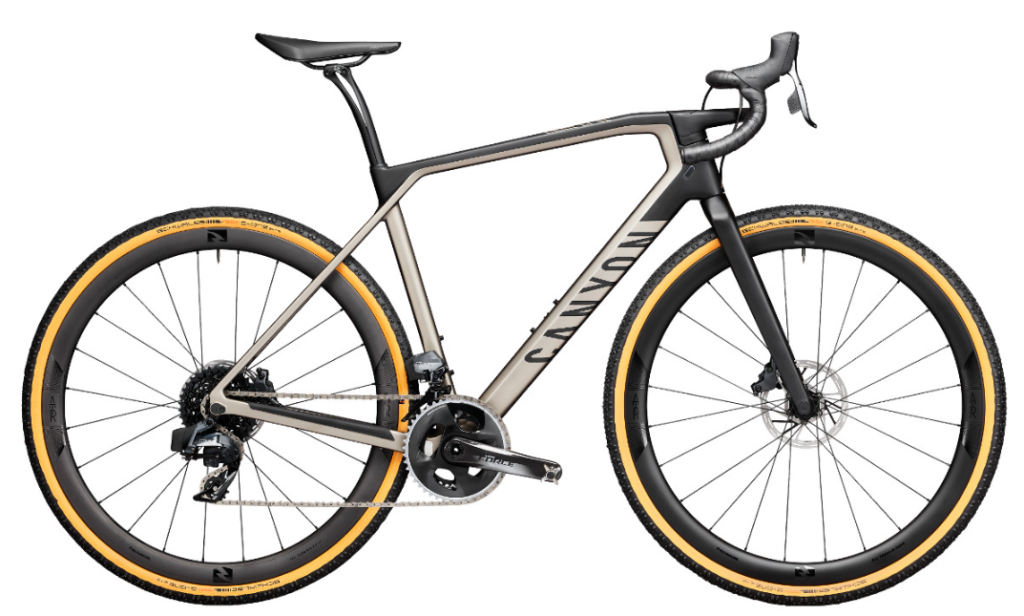
Gravel Bike with 2x Drivetrain:
Specialized Diverge 2x – The Specialized Diverge is a versatile gravel bike designed to handle everything from fast gravel roads to more challenging singletrack. Equipped with a 2x drivetrain, the Diverge provides a wide range of gears, making it easier to find the perfect cadence no matter the terrain. This setup is great for riders who prioritize versatility and the ability to tackle steep climbs and rapid descents with equal aplomb.

Happy Riding!
John
FAQ
What is the best drivetrain for a gravel bike?
The best drivetrain depends on your specific needs and the terrain you ride. A 1x drivetrain offers simplicity and reliability, ideal for varied terrain with less maintenance. A 2x drivetrain provides a wider range of gears, better suited for routes with steep climbs and fast descents.
What gears should I have on my gravel bike?
Aim for a wide-range cassette (e.g., 11-42T or 10-50T) to handle steep climbs and fast descents. The choice between a 1x or 2x system should be based on the terrain diversity and your preference for simplicity versus gear range.
Why are 1x drivetrains better?
1x drivetrains are considered better for some due to their simplicity, lighter weight, reduced chance of mechanical issues, and ease of use. They offer a streamlined setup that’s particularly advantageous in muddy or gritty conditions.
How can I make my gravel bike more comfortable?
To increase comfort, consider wider tires (run at lower pressures for better shock absorption), an ergonomic saddle, suspension seatposts, gel handlebar tape, and adjusting your bike fit to ensure proper positioning.
